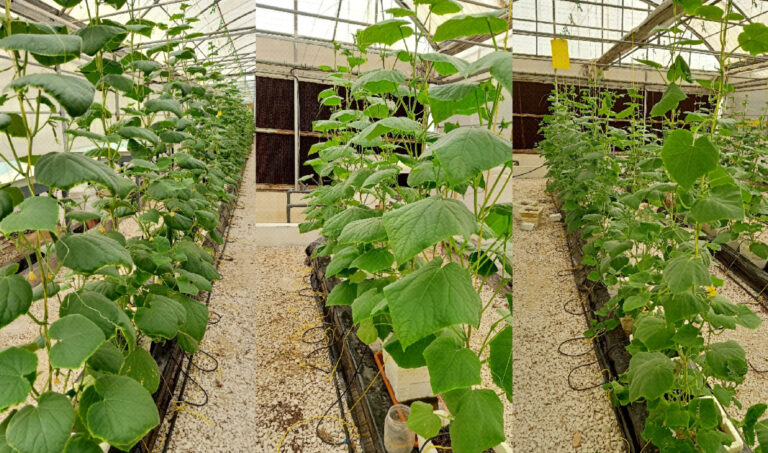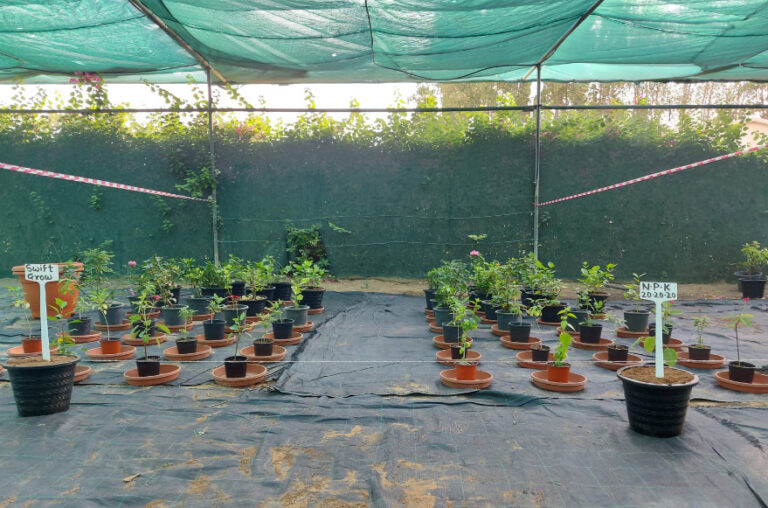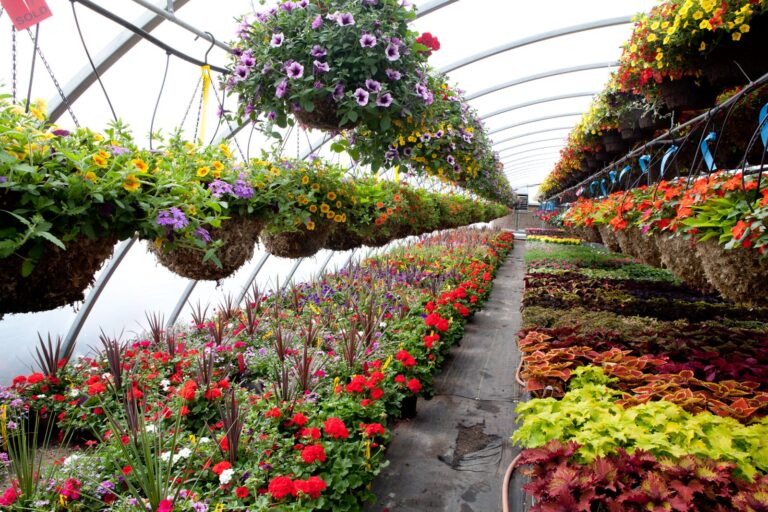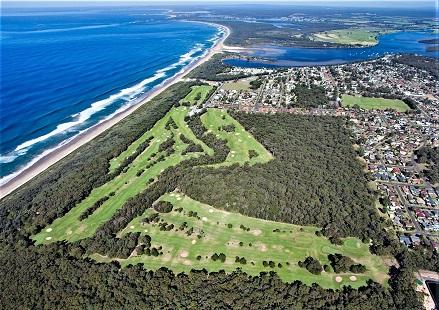Swift Grow Research – North West Sydney Permaculture Group
Swift Grow Research Protocol
Swift Grow Research Protocol
Sydney West Permaculture Group. July 2017.
(Using World Health Organisation protocol template)
Part 1
Research summary
The objective of this trial is to conduct an independent trial of Swift Grow fertilizer for the benefit of the Permaculture Sydney West Group members by comparing a small number of common green vegetables over the life span of their growing cycle and verify if Swift Grow fertilized plants rate better than the control plants under various measures.
General information
- Protocol title: Trialing Swift Grow fertilizer.
- Protocol identifying number: Trial 01/201,
- Trial Date: April 2017 to July 2017.
- Name and address of the sponsor/funder: River Stone Fish Farm, 81 Riverstone Parade, Riverstone NSW 2768 Australia. www.riverstonefishfarm.com.au.
- Name and title of the investigator(s) who is (are) responsible for conducting the research, and the address and telephone number(s) of the research site(s), including responsibilities of each:
- Lead Investigator: Greg Meyer, Vice President, Permaculture Sydney West Inc, Phone: 0425247017
- Assistant Investigator: Vera Meyer Research Site: 30 Whitehaven Rd Northmead NSW 2152
- The Permaculture group members come from all over Western Sydney suburbs comprised of over 200 members. https://www.permaculturesydneywest.com.au/
- Name(s) and address(es) of the clinical laboratory(ies) and other medical and/or technical department(s) and/or institutions involved in the research. Not Applicable
Rationale & background information
The Permaculture Sydney West Group members are enthusiastic members of the public and permaculture field experts who come together under a group mission to learn how to live more sustainably in terms of food, energy, water, waste and community. One of their goals is to grow fruit and vegetables free of synthetic chemical toxins and to promote the same practice in their communities through education and garden make-overs. The group wanted to trial Swift Grow fertilizer efficacy as a viable organic fertilizer for their members usage by comparing against other forms of organic fertilizers used by the members.
Study goals and objectives
The primary trial objective is to establish in-house measured results of Swift Grow that the group members could trust. If the trial meets expectations to then use Swift Grow for their personal usage in their gardening endeavors. The secondary objective to promote Swift Grow to the permaculture network of groups in Sydney and Australia to help influence wider community awareness of the protection of the environment through practical use of environment-friendly fertilizers that is embodied in Swift Grow.
Study Design
The scientific study design did not need to be Randomized Control Trial as this trial involved control plants.
The research population of the plants was six potted kale plants using three different soils.
Seedling
1. Each potted plan came from the same seedling batch provided by the permaculture group.
Pots
2. Each plant pot was the same composed of a plastic pot size and with the same side perforations
Sunlight and Water
3. Each potted plant was exposed the same sunlight duration
4. All six potted plants were co-located and watered with a measured and equal amount of water
Soil
5. Control#1 pots – Two of the potted plants had home-made compost soil to give them an intended advantage of the test pot.
6. Control#2 pots – Two of the potted plants had mushroom compost to give them an indented advantage over the test pot.
7. Test pot – Two of the potted plants had poor quality footpath grade soil to give it an intended disadvantage bias over the control pots.
Expected Duration
8. All potted plants are allowed to grow to maturity of leaves deemed appropriate for harvesting, expecting to be around 12 weeks duration
Exclusion Criteria
9. All potted plants to continue in the trial even if they appear to wane and wither.
Methodology
The scientific study design did not need to be Randomized Control Trial as this trial involved control plants.
The research population of the plants was six potted kale plants using three different soils.
Intervention
Each potted plant is given a measured, equal amount of rain water from tanks on the property and sunlight.
The test pot water is mixed with Swift Grow fertilizer in the prescribed dosage of 20mil per liter of water.
All the potted plants soil to be covered equally with straw to prevent water evaporation.
Observations
On a daily basis visual interrogation is made of the plants.
On a periodic basis (to be time stamped by the investigators) a photograph is taken of the six pots and written description of each pot measure is documented.
Observed measures of each plant to include: Height, stem width, leaf density, leaf colour, leaf texture.
Safety Considerations
Swift Grow is deemed safe to handle with bare hands, but caution is to be exercised to avoid skin or eye contact with the Swift Grow liquid during the investigation. In the event of contact, to immediately wash affected area under running water.
Follow-Up
Not applicable.
Data Management and Statistical Analysis
The period photos and written measured description of each of the six plats to be diarized by the assistant investigator denoting the date and time.
Quality Assurance
Observations noted by the assistant investigator are to be assurance verified by the lead investigator at the start of the trial and, then at least once during the trial then at the end of the trial.
Expected Outcomes of the Study
Based on several anecdotal evidence and informal trials by the Permaculture team members strongly suggest the Swift Grow fertilized potted plant is expected to ‘significantly’ out-perform the other plotted plants.
Duration of the Project
Duration is single phase timeline spanning 40 days or till plants have reached maturity for harvesting.
Problems Anticipated
Problems arising from the unexpected extensive or heavy rain downpour that would damage the plant structures.
Project Management
Dilution: Assistant Investigator to dilute Swift Grow and Lead Investigator to assure the dilution is 20 mil of Swig Grow to 8 liters of water for the first mix.
Watering: Assistant Investigator to apply the same amount of 0.5 liter of water to each pot every third day.
Photographs: Lead Investigator to capture periodic photographs
Logged Observations: Lead Investigator to log the measures of each plant at the time of the photograph.
Ethics
Not applicable.
Part 2
Budget
Budget of the trial was limited to less than $100AUD
Other support for the Project
Seedlings for the trial were sourced from organic kale plant seeds provided by ‘Seed Savers’ being a subsidiary group of the Northwest Sydney Permaculture group.
Curriculum Vitae of investigators
Not Applicable.
Part 3
Trial Setup

Pot Identity
Test pot – Back left potted plant (circled in red) with poor quality footpath grade soil received Swift Grow diluted 1 cap full (20mil) to 8 liters of water.
Control#1 pots – Front three pots had home-made compost soil received only water.
Control#2 pots – Two of the potted plants had mushroom compost received just water.
Watering Frequency
All pots received 200ml of water every third day, including the test pot having diluted Swift Grow.
Part 4
Observed Results
Logged measures are shown with photos in date taken order, are depicted above the corresponding photograph.
Day 0, 14 April 2017
Height: All plants at approximately the same 120 mm.
Stem Width: All plants at approximately 3 mm.
Leaf Density: All plants are 3 leaves.
Leaf Colour: All plants same light green colour.
Leaf Texture: All plants same texture.
DATE: 20170414, Duration: 0 days (Two photos taken, one after the potting procedure and one at the trial location)

DATE: 20170414, Duration: 0 days

Day 14, 28 April 2017
Height: Test plant is clearly the tallest at 240 mm exceeding the next tall by 80 mm.
Stem Width: Test plant at 5 mm being 1 to 2 thicker than other plants.
Leaf Density: Test pot had 7 leaves, equal to the home-made compost pot, being twice number of other plants.
Leaf Colour: Test pot had the deepest green colour.
Leaf Texture: Test pot texture was most defined of all the plants.
DATE: 20170428, Duration: 14 days

Day 18, 02 May 2017
Height: Test plant at 300 mm while the nearest control at back right plant at 260 mm.
Stem Width: Test plant is 8 mm being 3 mm thicker than nearest plant and 4 mm thinnest plant front left.
Leaf Density: Test pot had 9 leaves, equal to the home-made compost pot, but over twice number of other pots.
Leaf Colour: Test pot had the deepest green colour.
Leaf Texture: Test pot texture was most defined.
DATE: 20170502, Duration: 18 days

DATE: 20170502, Duration: 18 days (side view)

Day 25, 09 May 2017
Height: Test plant at 481 mm towering over the nearest control at back right plant at 322 mm.
Stem Width: Test plant is 16 mm being 8 mm thicker than nearest plant and 9 mm thinnest plant front left.
Leaf Density: Test pot had 12 leaves, 2 more than the home-made compost pot, but 5 more than other pots.
Leaf Colour: Test pot had the deepest green colour.
Leaf Texture: Test pot plant texture was most defined with widest leaves.
DATE: 20170509, Duration: 25 days

Day 40, 26 May 2017
Height: Test plant at 568 mm towering over the nearest control at back right plant at 402 mm.
Stem Width: Test plant is 22 mm being 11 mm thicker than nearest plant and 12 mm thinnest plant front left.
Leaf Density: Test pot had 15 leaves, 6 more than the home-made compost pot, but 10 more than other pots.
Leaf Colour: Test pot had the deepest green colour.
Leaf Texture: Test pot plant texture was most defined curves with widest leaves.
DATE: 20170526, Duration: 40 days
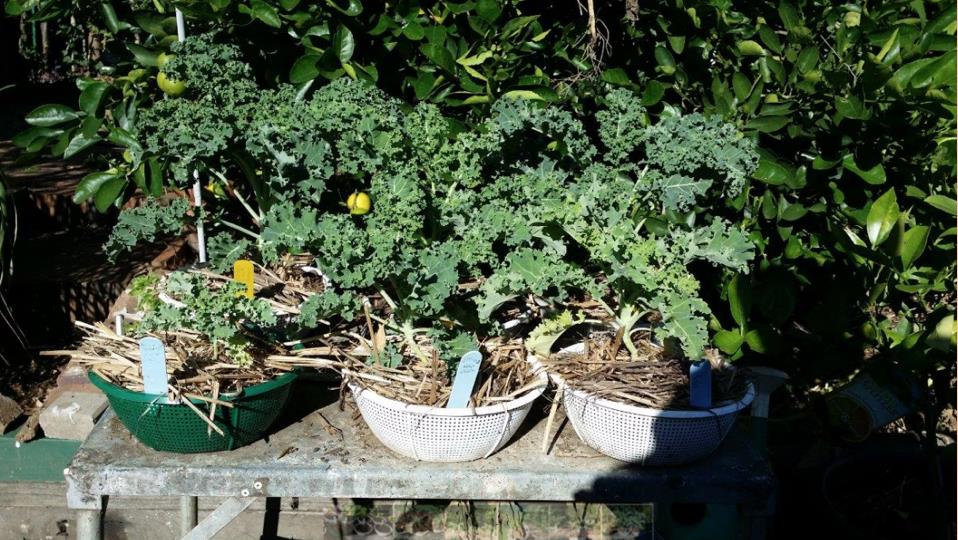
Highlighted Test Plant

Part 5
Research Summary
Swift Grow fertilized plant, with the worst soil, clearly outperformed all the control plants on every measure of height, stem width, leaf density, colour and texture.
Compared to the home-made compost control pots (back row): Swift Grow test pot plant was neck-and-neck for the first month, then thereafter the Swift Grow fertilized plant got greener and bigger leaves outgrowing them by at least 80%.
Compared to the mushroom compost control pots (from row): Swift Grow plant out performed all three-control plants at every interval from the start with the final height being 300% taller.
Research Conclusion
Swift Grow fertilizer enabled the plant in the worst soil to grow three times bigger and greener than the worst performing plant.
Swift Grow organic living micro-bacteria gave the test plant a huge advantage in all measures while being environmentally friendly and safe to human.
Swift Grow will be recommended to our Permaculture members and the community we live and work in.
Part 6
Research Signoff

***
End of Report

